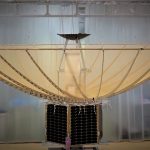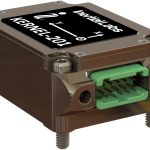Topcon Announces Significant Expansion of Topnet Live Coverage Across Western USA and Hawaii
Topcon Positioning Systems has announced a major addition to its reference station service, Topnet Live. New service areas are available through expansion within California, Hawaii, Oregon, Nevada, Utah, and Washington, with 180 full-wave geodetic reference stations added to the network.
By Inside GNSS













